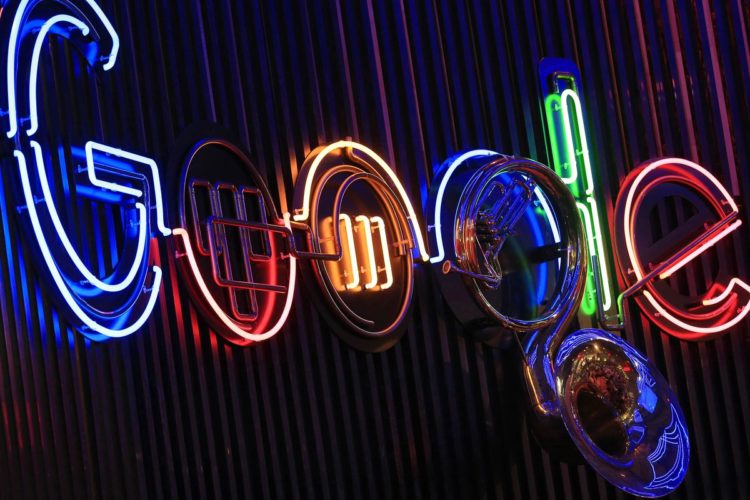Google Wants to Train Other Companies to Use its AI Tools

(Bloomberg) —As Google’s boss, Sundar Pichai has put artificial intelligence at the center of almost everything the internet giant does these days. Now he wants other companies to catch up.
Alphabet Inc.’s Google is starting what it calls an “AI crash course” of free online tutorials, scripted by its staff, on how to write software that trains computers to translate text, sort images and understand videos. The courses are designed for software coders new to machine learning, one of the most useful types of AI.
“Part of what holds back machine learning is that it’s just really difficult to do. Very few people can do it,” Pichai said in a Bloomberg Businessweek interview about his first two years as Google’s chief executive officer.
AI should contribute $14 trillion across 16 industries in 12 developed countries by 2035, according to Accenture and Wells Fargo Securities. That’s a much bigger opportunity for Google than advertising, its current main market. Google benefits if other companies use its AI tools and guidelines because they’ll be more likely to pay to run their new programs on Google’s cloud-computing service.
About a year ago, the company started a machine learning boot camp for its staff, putting 10,000 employees through the exercises. For others, Google will offer 15 hours of coding lessons and instructional videos from some marquee names in the field, like research director Peter Norvig. Google has tested the course with some universities, but hopes to train staff at large corporations in health, finance and other sectors. The program will begin in coming months.
The course offering includes how-tos on TensorFlow, a library of Google’s AI building blocks. The company said TensorFlow has been downloaded more than 7.9 million times since launch in late 2015, the first time it has disclosed the metric. TensorFlow is already more popular with developers than competing offerings from Microsoft Corp. and Amazon.com Inc. TensorFlow’s spread, however, has become a concern to rival companies and researchers.
Google is also opening up a trove of YouTube footage to outside researchers to help create new ways to automatically analyze videos with algorithms. Video is a vexing challenge for AI research, and a thorn in Google’s side. An advertiser boycott of YouTube that started earlier this year revolved around the inability of Google systems to effectively recognize every sound and image in a video. Google is doubling down to try to fix the problems.
Video is “the next frontier for computer vision,” said Jeff Dean, a top Google AI researcher.



No Comment